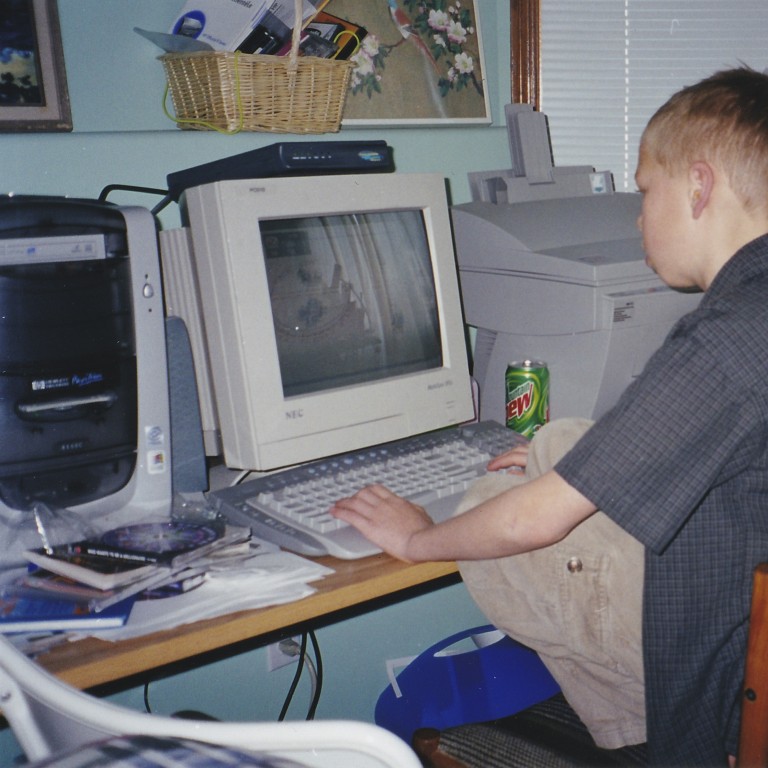
Video game addiction: why the mental disorder, now recognised by the WHO, is on the rise
- Summer holidays identified as addiction danger spot as youngsters spend unstructured time online
- The Cabin in Chiang Mai offers a rehab programme for young male addicts but, at US$15,000 a month, it’s out of reach for many
For many addicts, there comes a point when they hit rock bottom and realise they need help. For Cam Adair that time came when he was 19.
“I went from having jobs and not keeping them, to pretending to have jobs and refusing to work, to having suicidal thoughts, to planning my suicide,” says Adair, a former athlete who had dropped out of school and was living with his parents in Calgary, Canada. His addiction? Online games; he spent 16 hours a day vying for virtual galactic supremacy while in reality he was hunched over a computer in his bedroom.
One in 10 Hong Kong primary school pupils face video game addiction
“I wrote a suicide note. To my dad I wrote, ‘I’m sorry, I wish you didn’t hate video games so much because they mean a lot to me,’” Adair says when we speak in a simply furnished group-session room overlooking lush lawns at The Cabin, in Chiang Mai, Thailand, which is home to The Edge programme for young men with addiction and behavioural issues.
Adair was writing his suicide note, he says, when a friend called and invited him to join a group going to see the teen comedy Superbad (2007). They smoked marijuana before visiting the cinema and, as Adair belly-laughed through the movie, he was struck by the realisation that he wasn’t safe with himself. When he got home that night he told his father he was struggling and asked for help finding a counsellor.
Today, Adair, 30, operates – as its founder – Game Quitters, a support community for video-game addiction.
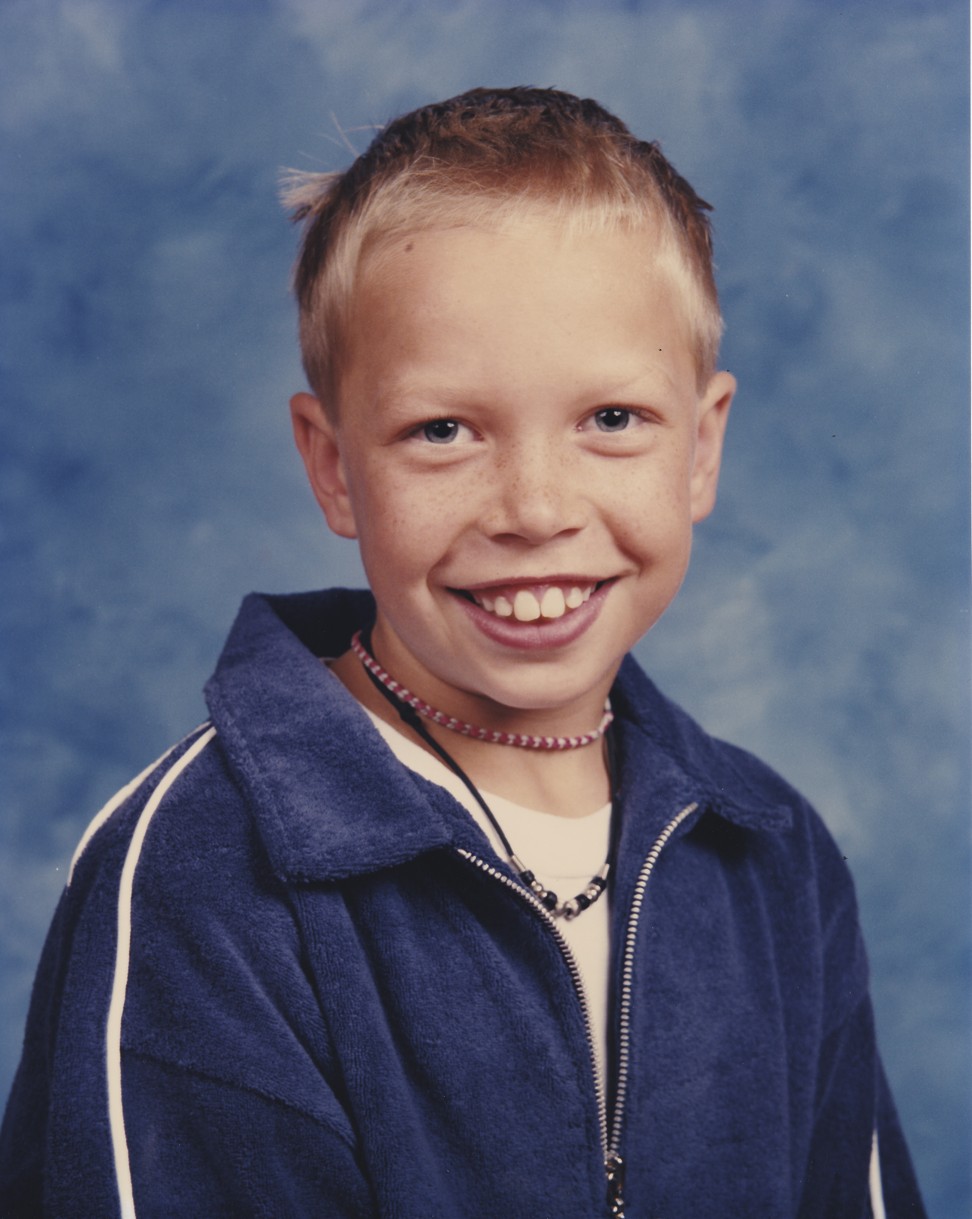
Adair began playing video games when he was 11, encouraged by a cousin who was four years his senior.
“We played StarCraft, which was a big game back then. My life was school, hockey and gaming. It wasn’t a problem until the summer holiday, when there was no school or hockey,” says Adair.
Initially his parents weren’t concerned about his habit; at least he wasn’t out doing drugs. By the time he turned 15, though, his game time had increased substantially, and Adair describes his parents as being “really lost” when they tried to clamp down. “I would run away, disappear. I remember my dad smashed the modem and I grabbed the family camera and said, ‘If you smash that, then I’m smashing this.’”
If his parents banned him from the computer, he’d remove the power cords from the televisions and computers so that they and his older sister and younger brother could not watch TV or go online.
“I was holding them hostage, 100 per cent,” says Adair.
Parents have to take this seriously. They have to understand why gaming can be so addictive, why their children are so drawn to gaming. They need to set firm boundaries, time restrictions
What his parents didn’t know was that Adair was being bullied at school. Even though he’d made the hockey team at the age of 13 – a big deal for a kid in Canada – he was the outcast, the one who was picked on and not invited to parties. Other players made a game out of trying to put him in a rubbish bin.
At 15, he was listening to music at the back of the team bus after an away game when the assistant coach’s son began poking fun at him, then spat on him. When his father picked him up, Adair sobbed uncontrollably.
“My dad asked me what was wrong, but I totally shut down. I refused to tell him what was going on. I went to see the hockey coach and he accused me of having a bad attitude for wanting to quit the team,” says Adair. “I felt all the shame. I couldn’t quit the team, so I stayed.”
It wasn’t until 2013, and a TEDx talk in Boulder, Colorado, in the United States, that his parents found out why he had been so upset when he’d climbed off that bus a decade earlier. Adair told his story at a talk titled “Escaping Video Game Addiction” – and they were in the front row to hear him.

For four years, Adair spoke about online gaming addiction and shared his story. He saw it as such a big issue that he was sure a government body or non-governmental organisation would step in and do something about it, but none did. So, in 2014, he set up Game Quitters, a website that now reaches 75,000 people a month in 95 countries and keeps him busy when he isn’t occupied advising parents and mental-health professionals.
“Parents have to take this seriously. They have to understand why gaming can be so addictive, why their children are so drawn to gaming. They need to set firm boundaries, time restrictions,” says Adair.
The World Health Organisation (WHO) has started to take the addiction seriously. Last summer, it recognised “gaming disorder” – compulsive and obsessive playing of video games – as a diagnosable condition. The 11th revision of the International Classification of Diseases defines the disorder as being characterised by “impaired control over gaming, increasing priority given to gaming over other activities to the extent that gaming takes precedence over other interests and daily activities, and continuation or escalation of gaming despite the occurrence of negative consequences”.
At the height of Adair’s addiction, he would start gaming as soon as he woke up and continue without a break until he went to bed. “The thing with gaming is it’s never enough, you always want more,” he says.
So, just what is it that makes gaming so addictive?
Gaming promises a sense of meaning and purpose, but there is no meaning and purpose. This is a billion-dollar industry [...] they are designed to be addictive
Games are designed to hook you – just challenging enough to keep you coming back for more but not so hard that you throw in the towel. They give players a sense of control, a sense of progress and an online community.
In a 2014 top-10 list that also includes World of Warcraft, Donkey Kong and Candy Crush, Rolling Stone magazine named Civilisation the most-addictive game of all: “Sid Meier’s history-based, empire-building games don’t catalyse the maddening must-replay-NOW angst of Tetris, nor do they have the immersiveness of MMORPGS [massively multiplayer online role-playing games]. No, the addictiveness of these destroy-ancient-civilisations video games is more insidious – it might be time for bed but you promise yourself you’ll just find the perfect place to found your second city, or quickly give Montezuma a much-deserved smackdown. And then you should probably find yourself a good source of copper and decide whether to pre-emptively attack Bismarck, and … and then the sun is coming up and you’re hunched over your computer, propping yourself up with an elbow as you repeat to yourself, ‘Just … one … more … turn.’”
Things have moved on since then, of course, and gaming has migrated onto mobile phones, with Fortnite now believed by many to be the most addictive game.
“Gaming promises a sense of meaning and purpose, but there is no meaning and purpose,” says John Logan, clinical lead at The Edge. “This is a billion-dollar industry. They say the people who make these games design them to be engaging – they are designed to be addictive.”
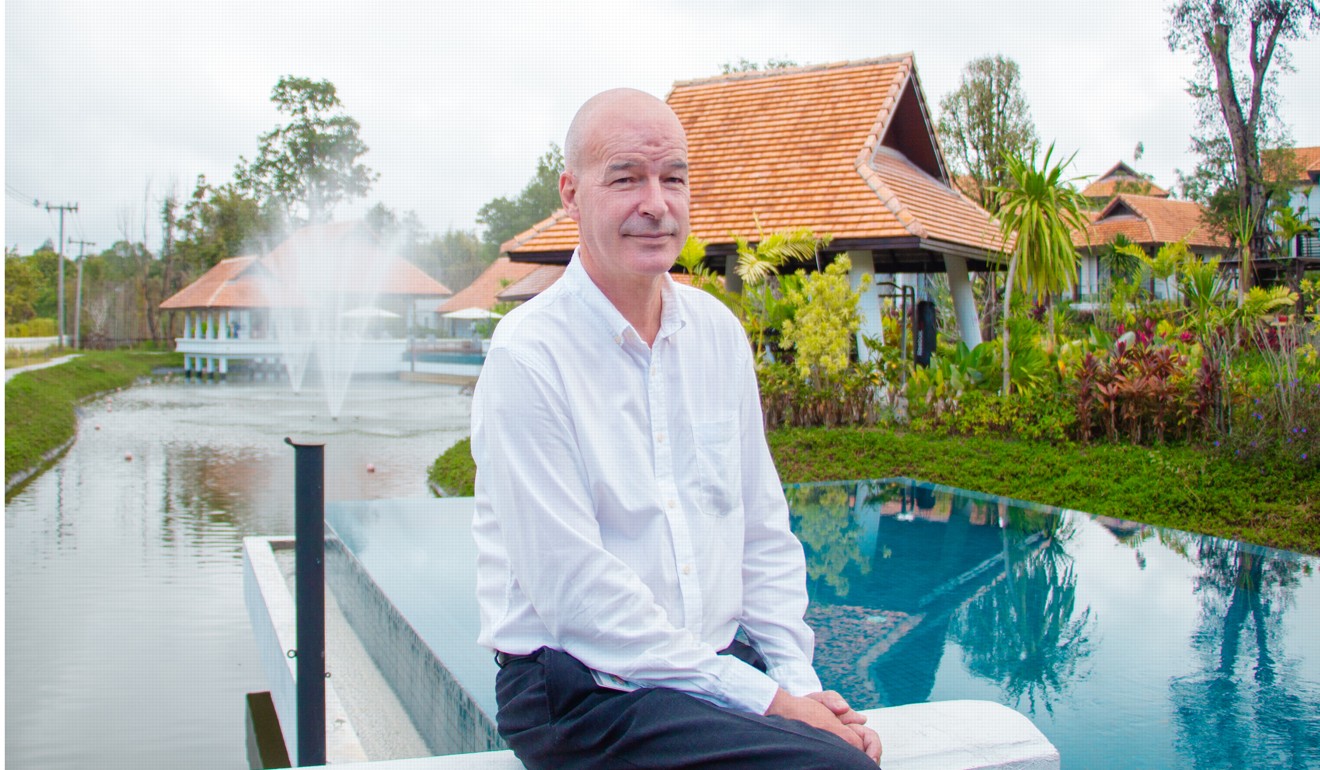
Logan and his colleagues at The Cabin had started seeing more young men with gaming as a primary or secondary addiction. He came across the Game Quitters website a year ago and was on the phone to Adair within the hour. The two met and hit it off, and decided to collaborate on a programme at The Edge that specifically addresses online gaming. It was launched last summer.
Drawing on Adair’s personal experience and using his quitting guidebook, Respawn, as reference material, the gaming programme weaves in The Edge’s addiction steps for men aged 18 to 26.
“We don’t talk about whether I’m a meth addict, a marijuana addict or a gaming addict – what we are actually addicted to is dopamine,” says Logan.
Dopamine is a neurotransmitter, a chemical responsible for transmitting signals between the nerve cells of the brain. Gaming – like all drugs of abuse – causes a surge of dopamine. The likelihood that a particular activity or drug will lead to addiction depends on the speed at which it promotes dopamine release and the intensity of that release.
“Everything we do is experiential therapy,” says Logan. “Basically, we are rewiring the neural pathways to get pleasure and reward in a different way to what these guys are used to.”
Gaming addiction under spotlight in China as regulators tighten control on industry
For the addicts, a key part of the 90-day programme is learning how to have a healthy relationship with technology. It acknowledges that when they leave rehab they will need to operate in the outside world, hold down a job and keep in touch with family and friends, which will most likely mean using computers.
After a 45-day digital detox, computer use is reintroduced slowly, beginning with 15-minute supervised sessions three times a week. Before the client switches a computer on, he meditates, and he stops using it after seven minutes to meditate again before finishing his computer use. The meditation is to ensure the computer use is mindful and purposeful. By the end of the programme, they will have been allowed to use the computer for one hour three times a week.
“The first time a recovering gamer uses the computer he gets excited in the same way an alcoholic would in a bar – even if he’s not going to drink he’s getting excited,” says Logan. “What are the cravings coming up? What are the feelings? The difficulties? All these they record in a journal, which the counsellors read and go through with them.”
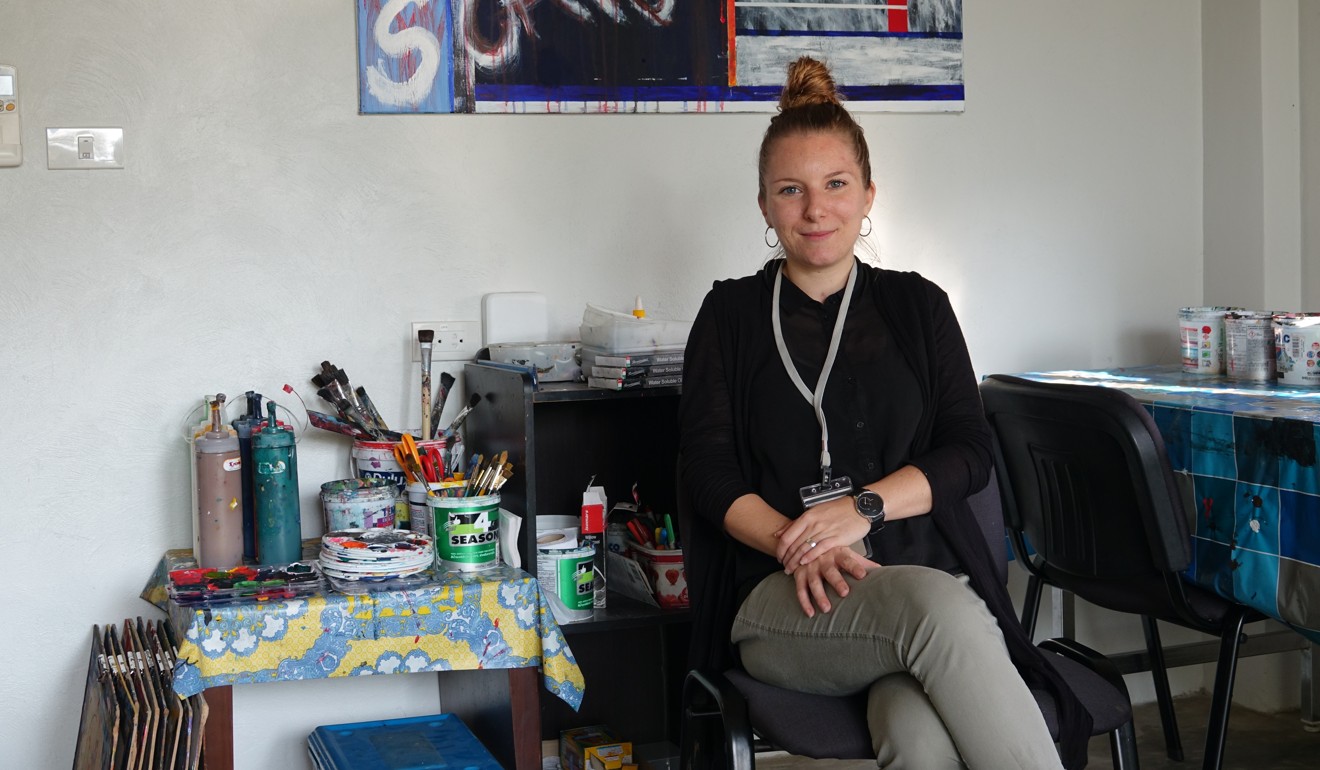
For recovering gaming addicts at The Edge, the day begins with breakfast at 7am, followed by Muay Thai boxing or triathlon training until 10.45am. The rest of the time is devoted to group discussions, psychoeducation, individual counselling and activities such as yoga, meditation and art therapy. Curfew is 9.30pm.
“With Muay Thai they are seeing improvements in their body and their fitness and building up their self-esteem. It’s also a bonding exercise – working out together, there are team events. After this are the therapeutic groups. It’s a lot easier to deal with a group of young men in a therapeutic environment if they are already fatigued,” says Steve Jenkins, The Edge’s fitness coordinator.
Maureen Siraphisut, art therapist at The Cabin, says gamers often have limited emotional language. Her challenge is to explore the emotional underpinnings of their addiction.
“Clients are not aware that the rejection they experienced, the shame, the fear – they are escaping from it, they are blocking it. They are often not aware that there’s a link between their experience and their current behaviour,” she says.
I will challenge people about their sense of entitlement [...] The interesting thing is that what these young men want is structure and discipline
Working with small groups of young men, Siraphisut usually begins by encouraging them to use paint and pastels to express their anger. The group then shares what they see in each piece of work. Aside from pictures of volcanoes – reflecting an explosive kind of anger – there is usually an element of fear in the work and the others will pick up on it, saying they see something dark or menacing in the image.
“This is an ‘in’ to talk about how underneath anger is fear, rejection or shame. ‘I’m scared people will reject me or won’t like me as I am, so I have to hide myself behind this game.’ This is something that might not have come out of a talk-therapy session on anger,” says Siraphisut.
Stroll around the resort-style Edge complex and the young men appear engaged with and enthusiastic about their recovery. At the gym, many take off their shirts to flaunt their newly toned bodies. These are the lucky ones, though, and the US$15,000 per month price tag puts the programme beyond the reach of most.
Logan acknowledges that his clients come from privileged backgrounds. He recalls a Bangladeshi client who “went off the rails” after his father, who had promised him a Lamborghini for his 18th birthday, gave him a Porsche instead.
“I will challenge people about their sense of entitlement,” says Logan. “I will say, ‘What have you ever done to deserve a Lamborghini?’ ‘When was the last time you did a day’s work or got out of bed on time?’ The interesting thing is that what these young men want is structure and discipline.”

Adair says his gaming addiction took hold during the summer holiday, when he didn’t have the regime of school and sport to restrict his computer time. That’s a phenomenon familiar to Dr Elda Chan Mei-lo, director at St John’s Cathedral Counselling Service, in Hong Kong. A couple of years ago, she says, when she was working at the Tung Wah Group of Hospitals, focusing on addiction and mental health issues, she and her colleagues began receiving calls from parents concerned that children who had just started secondary school were refusing to attend.
Typically, parents reported that their child had played video games for one or two hours a day in Primary Five and Six, when they also played sport and spent time with their friends. After pushing them to prepare for the secondary school entrance exam, most parents had let their child do what they wanted during the long break.
“In the two-month summer holiday they would play video games 10, 12, 13 hours a day. Then in Secondary One, the studies are harder and they have to cope with making friends. When the pressure comes they go back to gaming as an escape. It’s the start of a vicious cycle,” says Chan. “Many parents called us and complained that their kids were no longer willing to go to school. The kids had stopped going for three months, six months, a year. Some of them had to repeat Form One or Form Two.”
A 2017 survey by Hong Kong University, based on a poll of more than 2,000 Primary Four to Six students at eight schools across the territory, estimated that one in 10 respondents “were at risk or might have been addicted” to video games. The survey also found that boys, averaging 11 hours a week, played more than twice as much as girls, and that they also tended to play more violent games.
If it was just an Asian problem, the WHO wouldn’t be looking at it, but I think the prevalence could be slightly higher on our side of the world
In 2016, Chan was invited to attend a meeting in Hong Kong organised by the WHO’s Department of Mental Health and Substance Abuse to discuss health issues related to excessive use of the internet and gaming platforms.
“The WHO did some very sophisticated research into understanding the situation worldwide. If it was just an Asian problem, the WHO wouldn’t be looking at it, but I think the prevalence could be slightly higher on our side of the world,” says Chan.
The WHO’s recognition of the gaming disorder is a positive step, says Chan, adding that its formal classification means parents are more likely to seek help for a child. The strain gaming addiction can place on a family should not be underestimated.
“In some cases, parents have tried to commit suicide because they feel they have not been good parents. They blame themselves because they gave the phone to their child. They question why their son has become a different person,” says Chan. “Lots of questioning and self-blame.”
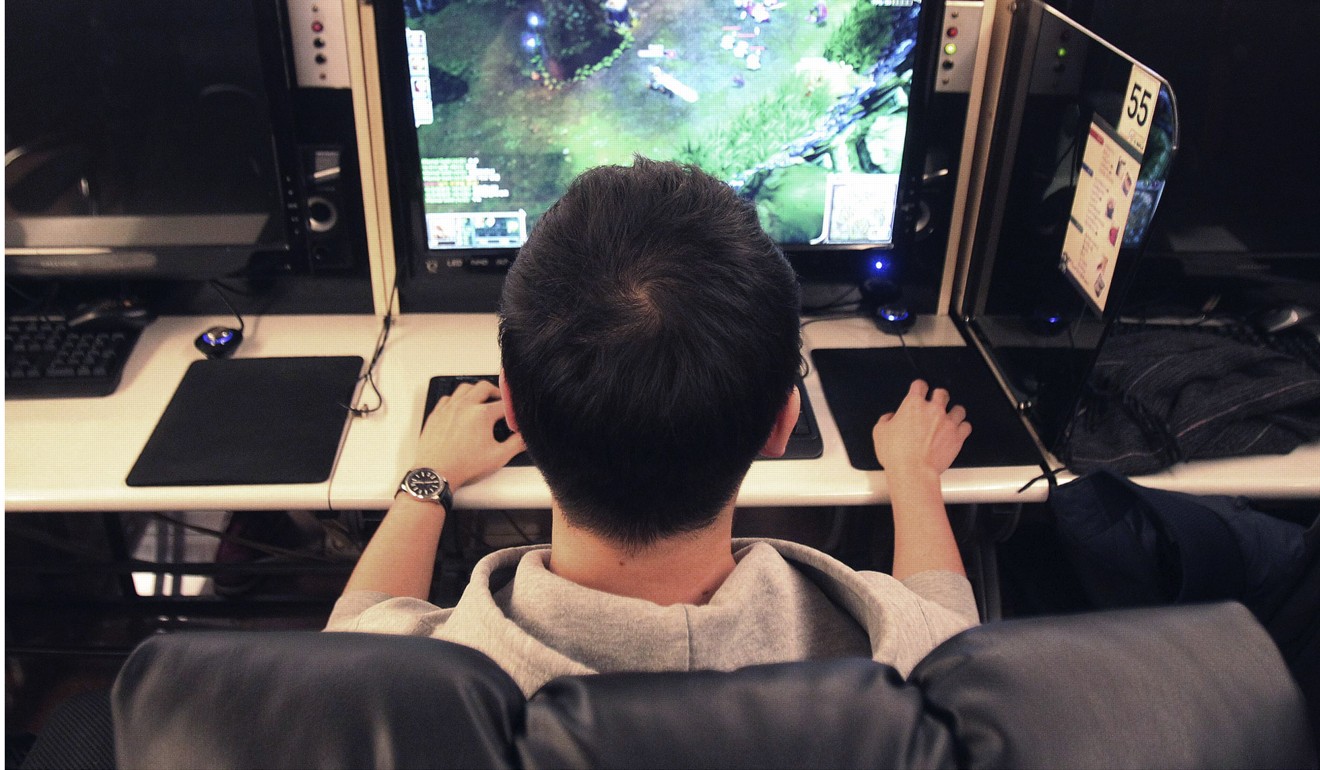
No one at Hong Kong’s Department of Health was available to comment for this article, but a spokesman did point to a report it produced on the dangers of excessive internet use. The not-so-snappily titled “Report of Advisory Group on Health Effects of Use of Internet and Electronic Screen Products”, which was published in 2014, offers “smart tips” for gaming addicts. Number one: “Tell to yourself: I would stop playing in 10 minutes”. And number two: “Agree with your parents’ rules of playing video games online.”
The support available in Hong Kong – Tung Wah offers online gaming addiction counselling, in Cantonese and English, but that’s about it – is a far cry from that found in South Korea. There, the government has initiated a 12-day digital detox boot camp at a facility known as “Internet Dream Village”. Entirely state funded, the programme offers counselling to help gamers learn to manage their emotions and the desire to use the internet.
Chan doesn’t see any prospect of the problem diminishing, with children going online and gaming from an ever-younger age.
“It’s not uncommon to see a two-year-old in a stroller holding an iPhone or iPad. The kids are beginning to game when they are in Primary One or Two. When they face exam pressure in Primary Five they automatically game to escape,” says Chan. “So now we are seeing [gaming addiction] in nine and 10 year olds instead of 14 and 15 year olds.”

